World Artists and their Story, 43 - Herman Lamers
World Artists and their Story, 43 – Herman Lamers
There was a lot to see during Rotterdam Art Week this year. Of course there was the art fair ‘Art Rotterdam’ in the Van Nelle Factory. In addition, work by artists was shown at dozens of other locations, including at the Open Studios Borgerstraat. In the courtyard of this studio complex I saw a large installation with, among other things, a white bridge, a large meteorite with a tent on it and a flag with a balancing older genderless person on it. Out of speakers sounded ‘Do you know where the scissors are’, the opening text of a play by Harold Pinter.
It was a joint work by the artists Herman Lamers, Yvo van der Vat and Leopold Emmen. I was familiar with Lamers’ statue ‘The Giant of Rotterdam’ on the West-Kruiskade, but I didn’t know his installations and other work.
Homely and uninhabitable
A week later I visit Herman Lamers in his house in Rotterdam-West, to hear more about his ideas about art and, in addition, about his collaboration with Hib Anninga, of the Anningahof near Zwolle, a sculpture park where several of his works of art can be seen. In the company of the cat who occasionally comes to have a look, Lamers tells me that a car was hidden under the white bridge. And that Schönberg’s music (atonal) sounded in the tent. Lamers: “The tent on the meteorite is homely, but also uninhabitable. It looks familiar to the viewers. That music and the text had an alienating effect because you don’t get a grip on it. I use readymates and non-readymates interchangeably. The meteorite was made by me. The parts of the work raise the question of what can actually be seen, a sculpture or a non-sculpture. Is it there or is it not there? ”
The angel
All kinds of books and brochures about his work are on the table. Every now and then he shows a work that illustrates his story. For example, about the permanent statue of ‘The Glass Angel’ in the center of Zwolle and the negative of it that stands for the Insala Hospital. This statue of the absent angel was in the Anningahof for several years and was subsequently sold to the hospital. The statue consists of many layers of stacked transparent glass. Similar glass statues of Lamers, but of a child, can be found at the UMCG Groningen Children’s Cancer Institute and in Tianjin, China.
The transparent angel and the statue of a giant child are glass statues with two versions. There is a positive, the sculpture itself, and a negative, the rectangular block of glass from which the positive is taken: the glass statue without the angel or child, in which you nevertheless see the contours of the statue. Lamers: “I think that is one of my best works. In the negative, the angel and the child are simultaneously present and absent. When you get closer, the image disappears, when you walk away from it it appears stronger. ”
Hippos
For a pond in Beverwaard-Zuid in Rotterdam, he made the sculpture of hippo heads that occasionally pop up. “I was asked to add art to this beautiful, but also silent pond. I wanted to create a sculpture that occasionally breaks order. The 12 hippopotamus heads emerge irregularly. The hippos have air chambers that are controlled randomly by a computer. The heads come up, rotate a bit, are secured with a chain and then disappear. They don’t actually belong there, but it does fit. They add something to that pond that you don’t expect. When winter comes, they hibernate and reappear in March. Children are happy when the hippos are back. ”
Sharks
Lamers regularly makes work for public spaces. “I think it is important that it surprises and gives a visual commentary on the environment. I don’t feel the need to provoke. In Schiphol I made an aquarium with small real sharks. The image was completed by a special floor pattern and with boundary lines on the ceiling. I made it in 1992. The aquarium is located at the end of G pier. I like creating a surprising sculpture in an environment where you don’t expect it. The sharks are similar in shape to airplanes, creating a matrushka effect with the airfield. Unfortunately, there was a lot of commotion about this sculpture. Visitors found it pathetic that those sharks had to swim the same circles all the time. ‘They will be bored’, ‘This is animal abuse’. Now small groups of blue fish swim in it.”
The Giant of Rotterdam
The Giant of Rotterdam is located in the middle of the city, on a plateau where visitors can reach via a staircase and an open door. There is a large chair and at the front is the statue of the Giant. He was two meters 37. “He lived nearby. Rotterdam talked about ‘the biggest man in the world in the largest port in the world’. He was a nice man, also shy, who walked around the boats as an advertising pillar, close to the Japanese tourists, for example. When his father died, there were voices that the Giant should no longer be abused and the statue should not be caricature. I made him as big as he really was. And I gave him the cramped environment in which he had to live, a room. He had very large shoes, size 63, which are next to the chair. It is a giant on clay socks, the overall image is in gray tones, like a ’50s photo’. People stand next to him, look at the world with him and only then see how clumsily big he was. ”
Elephant on the tightrope
Does he have a key work, a work that put him on a new track? He regularly appears to have these kinds of works, but if he should mention one, it is the ‘Elephant on the tightrope’ in the city hall of The Hague, the large white hall of the ‘Ice Palace’ (2010). “The work hung there for six months, at the top of the large hall. The drawing of the elephant is an empathetic work, vulnerable and plump at the same time. In the megalomania of that space I was looking for something relativizing. It was exciting to create an image that could compete with the building. The implementation was a huge challenge: to hang a work of 9 by 11 meters. ”
The blue house with the fighting men
And he would also like to mention ‘The blue house’ at the Anningahof. On the edge of the sculpture park, he restored this wrecked house, apparently good for demolition. “A secret place to disappear into an unknown private world. I find it interesting if the viewers do not see the work, but rather get a memory. Nearby on a hill eight fighting men, puppets, ended up in a battlefield, ‘Massacre’. Every year there were more of those puppets, made of polyurethane foam. It was an infinite amount. The puppets discolored and decayed over time. The work undermined itself, as it were. As if it were a natural process. ”
Animal land, Rotterdam
In Rotterdam he had his own sculpture garden from 2005 to 2015, ‘Het Dierenlandje’, where he changed the sculptures every year. “The inhabitants could determine which sculpture could be removed. The sculptures regularly changed in color and skin. Sometimes all white, sometimes many colors, sometimes black. By letting them be different every year, I questioned the sculptures. ”
What to do?
How long has he been active as an artist? “In 1981 I graduated from the Minerva Academy in Groningen. A very solid figurative training. I had first studied medicine for 1.5 years. But that was not my future. What should I do? Then I did a test. That test showed that I could choose everything, except the profession of artist. That was a big disappointment, but also a challenge: doing something you really couldn’t do. I always find it interesting when an unexpected aspect of me comes to the fore. ”
Work fitting for location
Once graduated, he made large installations in vacant factories and office buildings in the early years. That also suited the spirit of the time. “The bigger the space, the better. For example, I made a space-filling installation for each floor of a seven-storey town hall in Capelle aan de IJssel. That is where my visual thinking originated. In the building there was a certain atmosphere on each layer, and I wanted to answer that. Also a large installation in Marseille, France: there I made an artificial landscape in the former storage rooms of Gauloise cigarettes. My work was always temporary at the time. The first twenty years, until 1995, I worked and lived from one project to the next. ” Then the assignments came and he also taught at art academies.
Finally, what is his philosophy? Lamers: “I want to make things that make people think about their experiences and the reliability of their observations and memories. For a park in Schiedam I regularly made fog under a few trees, at the same time amplified bird sounds were heard. That way I play with the senses. I like to create the feeling that you cannot fully perceive things. What do you know for sure? ”
Extra
Coming into contact with art: “I have no cultural-historical background from home. I admired artistic things that made some friends in high school. I was the only one of my family to go to art school. Art introduced me to a different world.”
Was it difficult to choose art? “No. At that time, all future was unclear, do what you find interesting.”
Important in training: “The study was fantastic despite the purely figurative approach. Above all, the Academy taught me to watch. And evoked wonder. I learned to think through 2/3/4 layers. A teacher opened unknown doors to me. There are many things that you can use later, it is a kind of reservoir.”
Where do you get your information from? “From everything. And above all a lot of watching. Friends are important, as well as lectures to gain insight into something. Teaching is important. I teach at the Art Academy St. Joost in Den Bosch and Breda. That is why I, for example, started to appreciate Mondrian much more. I had to research and explain art that you don’t really know very well. This creates a much more open attitude towards the artworks.”
Is the tranquility of the studio important? “I don’t really like working in the studio, but of course I need a place to prepare the work. I find working on location much more pleasant and is also more important to me, so I travel a lot.”
Contact with collectors: “Hib Anninga and his sculpture garden is very important to me. He approached me 15 years ago and after that contact slowly grew. I get the space and confidence to present my work in the right way. It is a one-year exhibition and every year we decide which works will remain and which sculptures have had their time with him. That is a very pure process.”
Who has work from you? “Museums, companies, municipalities and individuals.”
Where can we see recent work from you? “Since last year, a large glass statue has been placed at the Anningahof. Soon there will be new permanent work by me in Diemen, and a sculpture garden exhibition in Rhoon. In addition, there is a large project in a province in China.”
Trends in art: “There are too many blockbuster exhibitions in the important places and museums. That’s too bad. At Art Rotterdam 2020 there was a lot of abstraction, fragile things, small, personal, but little social involvement, art seems to have become more ambiguous and introverted.”
Where are you focusing on? “My visual project in Dafang, China. We are seven Dutch artists and four Chinese, I am a curator and participant. We make specific installations in old vacant Chinese houses.”
Images
1) The glass angel, 2) Three years of little men, 3) Flower, 4) Anningahof, zebra, 5) Aden, 6) Polyester dog, 7) The blue dilapidated house, 8) Fanfare, 9) NO NO, 10) Herman Lamers
https://www.hermanlamers.nl/
First appeared: https://www.ramfoundation.nl/interview.php?id=6
https://www.gb5.nl/?page_id=13
http://www.anningahof.nl/
Disclaimer: The views, opinions and positions expressed within this guest article are those of the author Walter van Teeffelen alone and do not represent those of the Marbella Marbella website. The accuracy, completeness and validity of any statements made within this article are not guaranteed. We accept no liability for any errors, omissions or representations. The copyright of this content belongs to Walter van Teeffelen and any liability with regards to infringement of intellectual property rights remains with the author.

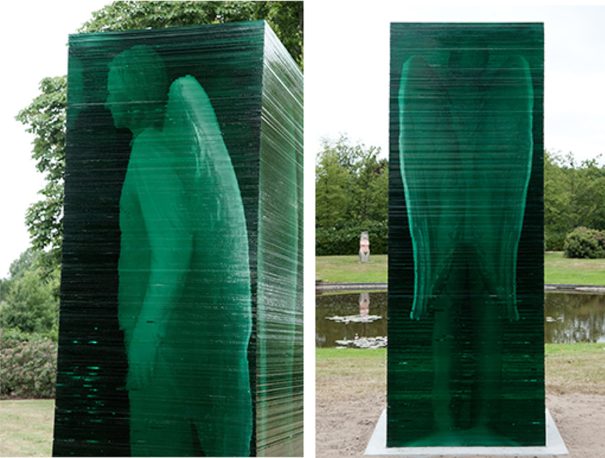
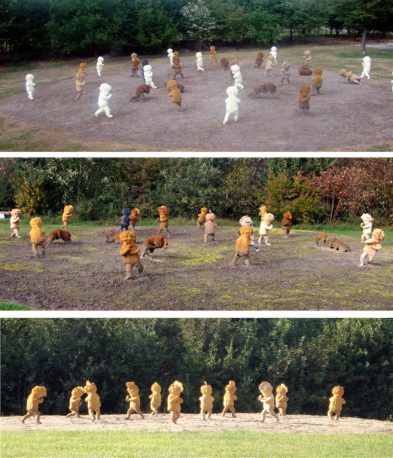
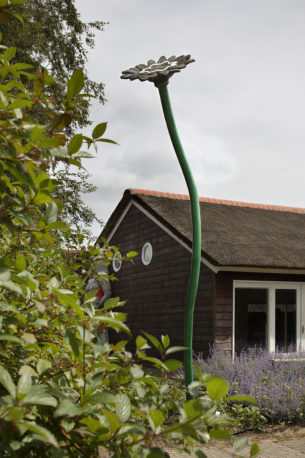
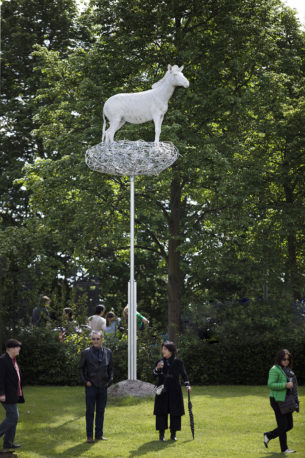


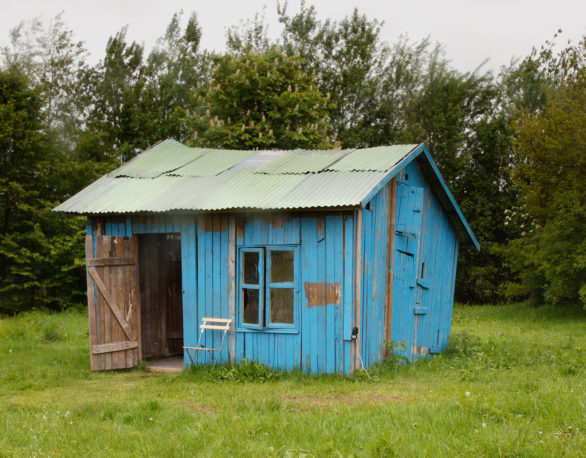
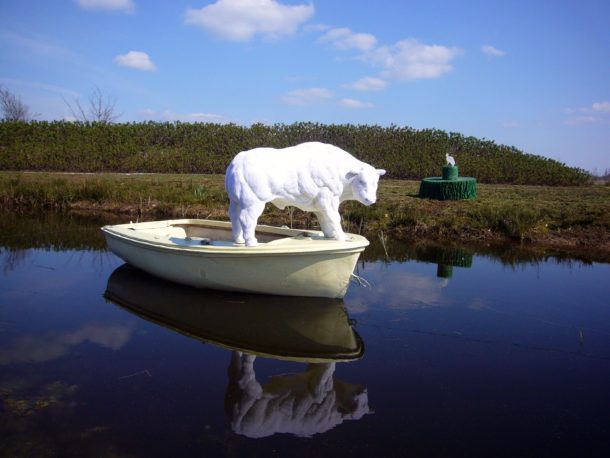
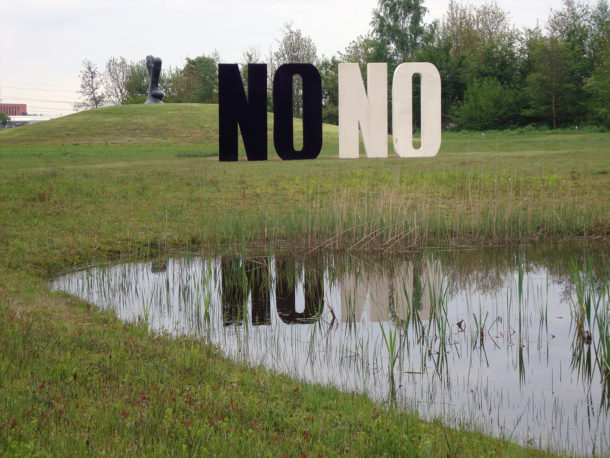
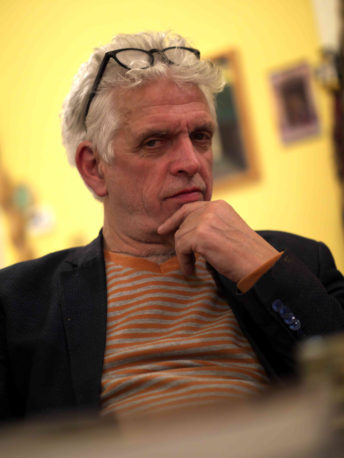














The opinions expressed by individual commentators and contributors do not necessarily constitute this website's position on the particular topic.